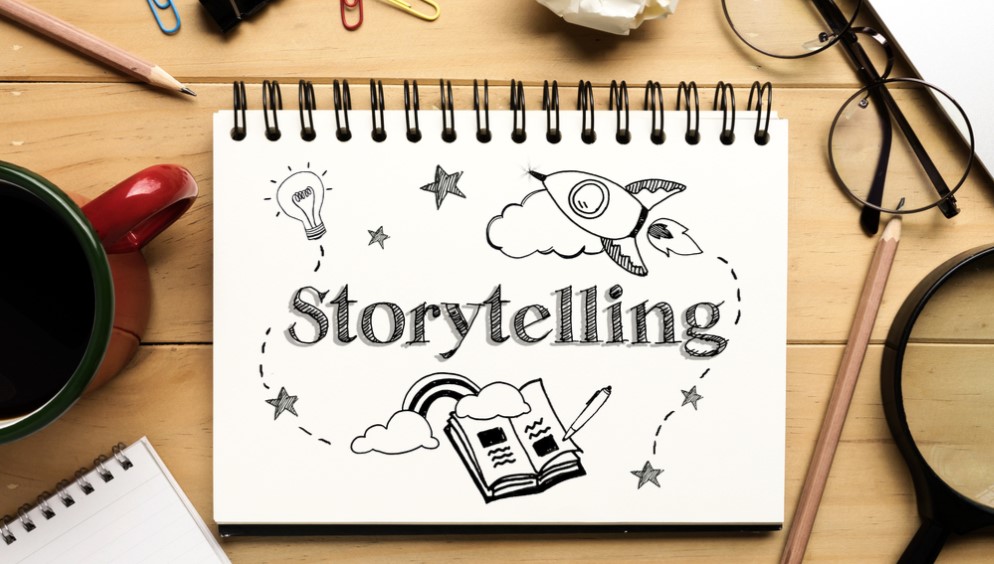

They worked on the programs “Science News” and “Deep Look,” so I didn’t work with them often, but we did meet in the lunch room sometimes. Three other interns worked on the science desk: two science graduate students with minimal journalism experience and a social media guru undergraduate from University of California, Berkeley. Many of the interns were part of a partnership between KQED and their nearby schools. I was also the only student attending school outside California. I was one of the youngest interns, as most were either right out of undergrad or in grad school. They also spoiled us with KQED gear: coffee mugs, gym bags, reusable utensil kits, and more.
Npr storytelling how to#
Employees from several departments were on hand to teach us how to ask good questions and how to present ourselves professionally. It worked! I was officially accepted into the program.ĭuring the KQED intern orientation, I met fellow interns and learned much about what was to come, from how to use the audio equipment to how to sit at your desk without causing bodily harm.


And at the end of the term, I asked Radcliffe and Morrison to send letters of recommendation to Snow.

So I snatched the last open spot in Damian Radcliffe’s Audio Storytelling course during winter term. She was interested in bringing me on as a summer intern-if I could improve my audio production skills.
Npr storytelling series#
We brainstormed some hopes and plans for a new KQED series called “This Moment on Earth” that would feature individuals’ experiences dealing with the effects of climate change and how they were preparing for the future. Snow and I met in person over winter break in downtown San Francisco. She responded the next day and said she looked at my portfolio! She was intrigued by my work for Science & Memory and said she heard great things about the program and about Professor Deb Morrison from her nephew, an SOJC and Science & Memory alum. The next thing I knew, I was talking to him on the phone.Īfter asking about my career ambitions and experience, he told me to email KQED senior science editor Kat Snow. I knew it would be a long shot, but I emailed all the addresses I could find for Rodgers to ask him about opportunities and sent him a link to my portfolio. He’s also affiliated with the UC Santa Cruz Science Communication Master’s program. Rogers works on The Mercury News’ environmental beat and is the managing editor of the KQED science desk. Next, I researched who wrote for the science and environmental sections at each of the organizations and read or listened to their work. I also wanted to get experience as a science and environmental journalist, so I narrowed the list to media organizations with a science beat, like The Mercury News, the San Francisco Chronicle, and the San Francisco-based NPR station KQED. I knew I wanted to work in a newsroom in the Bay Area so I could commute from my parents’ house during the summer, so I kept my search to publications in San Francisco, Oakland, and San Jose. But, knowing how crucial in-the-field experience is to landing a job after graduation, I didn’t want to miss this chance for an off-campus internship. I had already built a decent portfolio working for the student-run environmental publication Envision, the university radio station KWVA, as an intern for the UO School of Journalism and Communication (SOJC) Communication Office, and writing for Science & Memory Oregon Coast. At some point last fall, I suddenly realized that the summer between junior and senior year was the prime time to get an internship.


 0 kommentar(er)
0 kommentar(er)
